After the 85th, the guy used a 17,000 square meters of Wilderness Botanical Garden in Shanghai
Author:One Time:2022.08.02
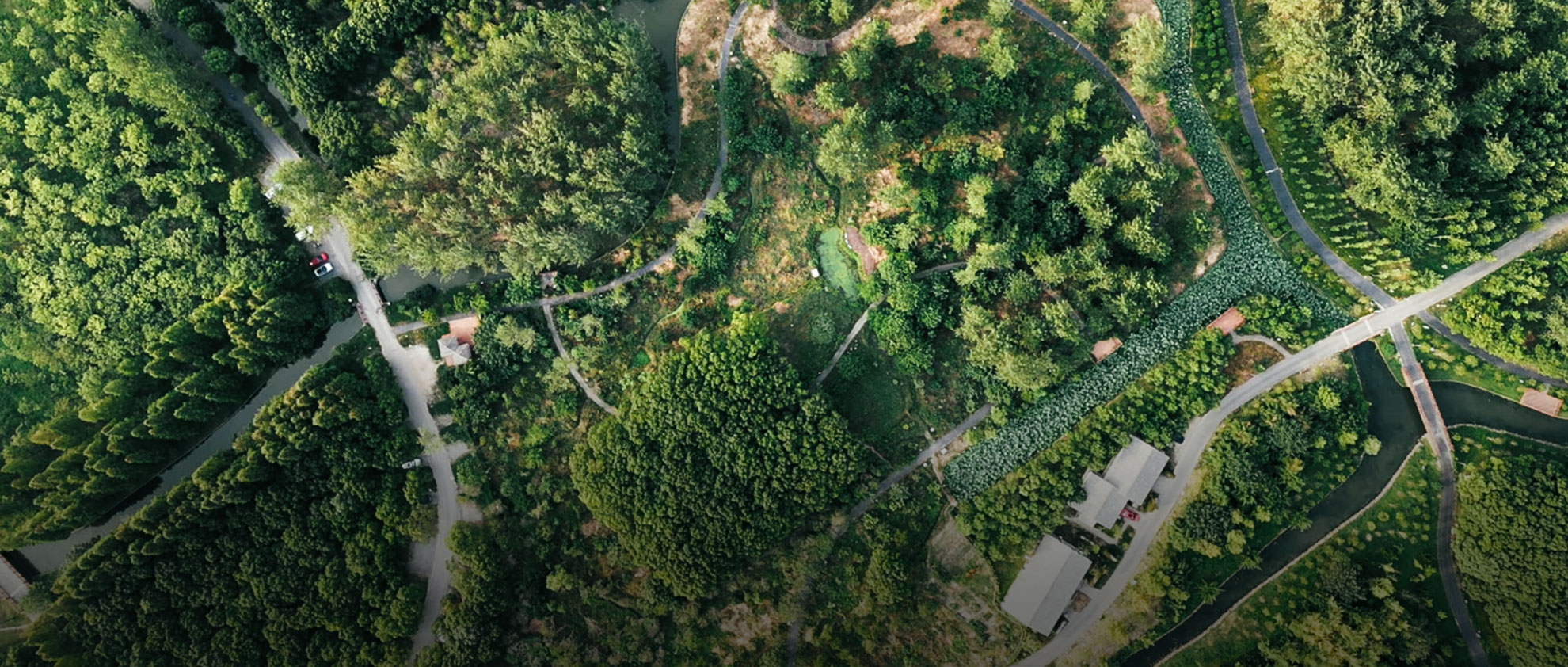
After the 85th, Guo Taoran is an ecological repair division,
In 2019, he rented a wasteland in the suburbs of Shanghai,
17,000 square meters, the rental period is 10 years,
Try to intervene with the least person,
Fix it and develop it into a "Wild Botanical Garden".
There are now more than 300 kinds of local plants and more than 80 birds,
And more than 500 kinds of insects grow freely here.
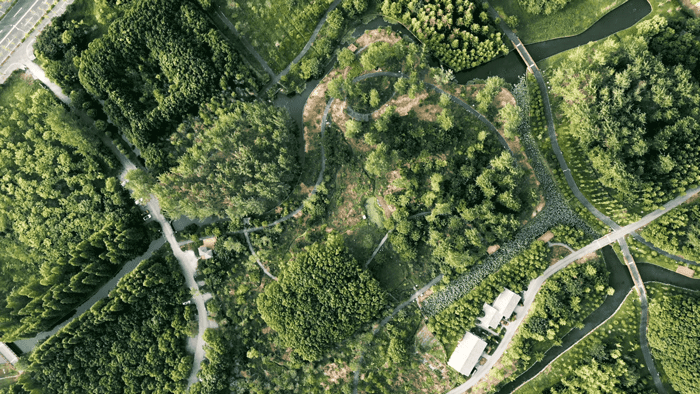
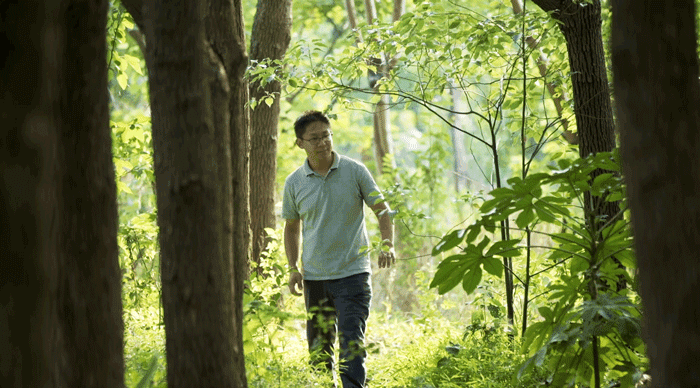
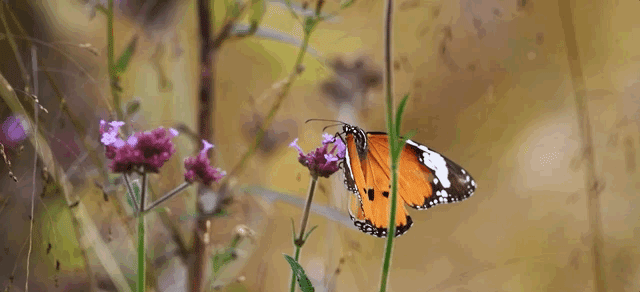
▲
"Patrol" is the most important thing for Guo Taoran every day
After a few years, more and more young people have joined this
Ecological restoration folk team,
Most of them have graduated from the prestigious schools, botanicals, and landscapes,
Usually lead children to explore this ecological park.
They want children to grow from a rice growth cycle,
In the details of a worm,
Re -think about the relationship between people and their environment.
Guo Taoran said,
Over large cities like Shanghai,
How to achieve a harmonious symbiosis of human and nature,
The exploration and efforts of several generations are needed.
Written article: Zhou Tiancheng
Responsible editor: Chen Ziwen

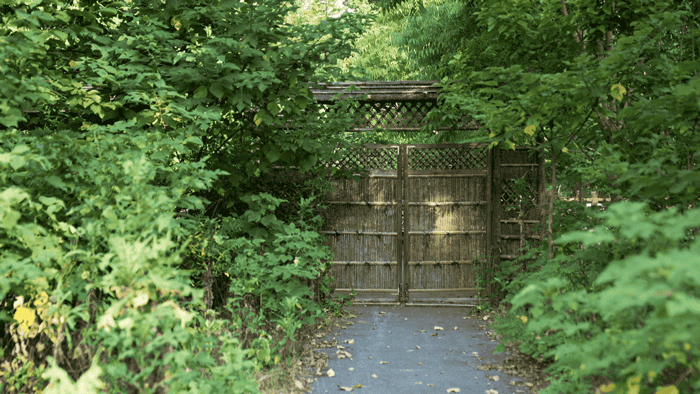
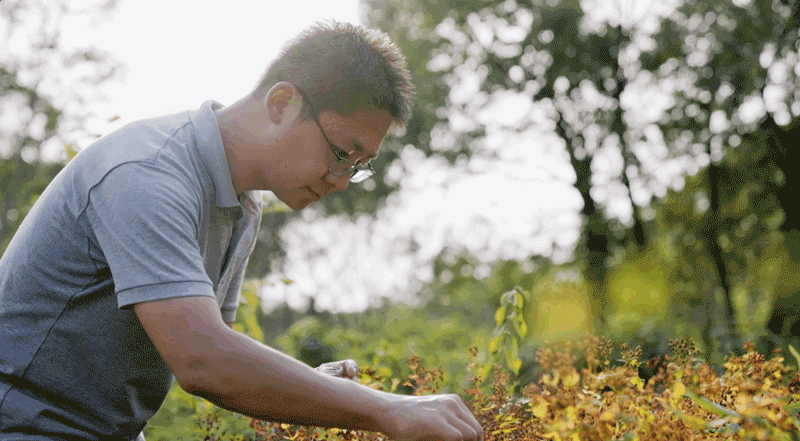
▲
Guo Taoran collects ingot grass seeds
In the summer, the west expansion districts of the Pujiang Country Park in the suburbs of Shanghai are rare, pushing away a small bamboo door, which is a special garden with a special temperament.
Along a small trail, you can walk through the streams, bushes, and woods in turn. The weeds of weeds are not easy to go. The cicada frogs are very noisy, and people need to speak loudly when they communicate. In this season, there is no bright scenery of the garden, but a thick green.
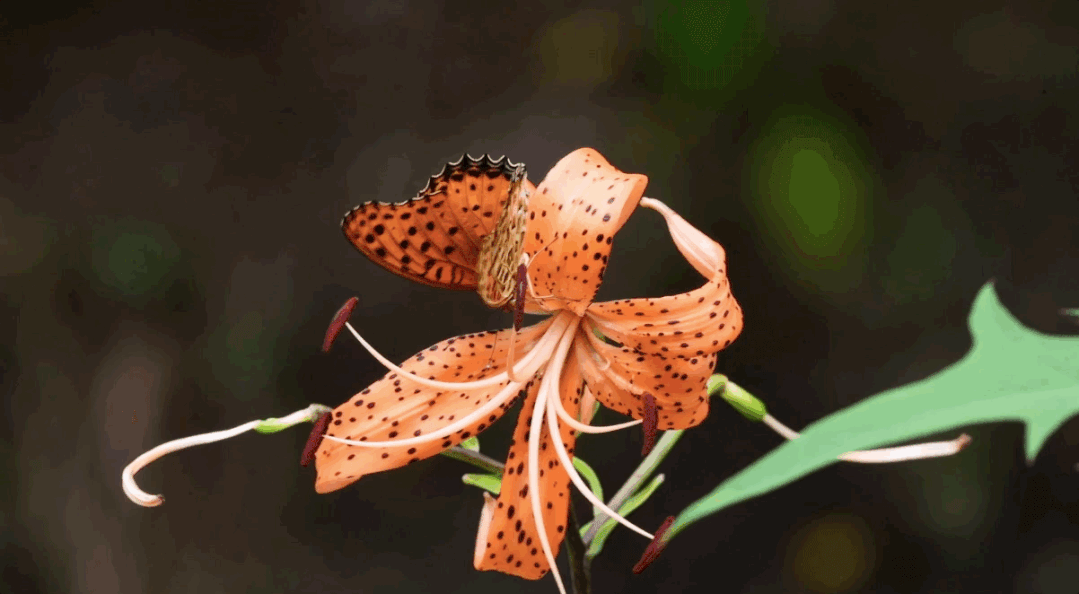

▲
The active insects during the day and night
At night, the insects began to be active, on the strong spider web, the colorful wings of the butterfly and the red and black beetles.
In the spring and autumn season, the color here will be more rich. The white mountain plums and purple carved leaves are opened in the grass, and the butterflies and bees are pollinated by honey. According to statistics, there are more than 300 kinds of plants, while insects have reached more than 500 types.
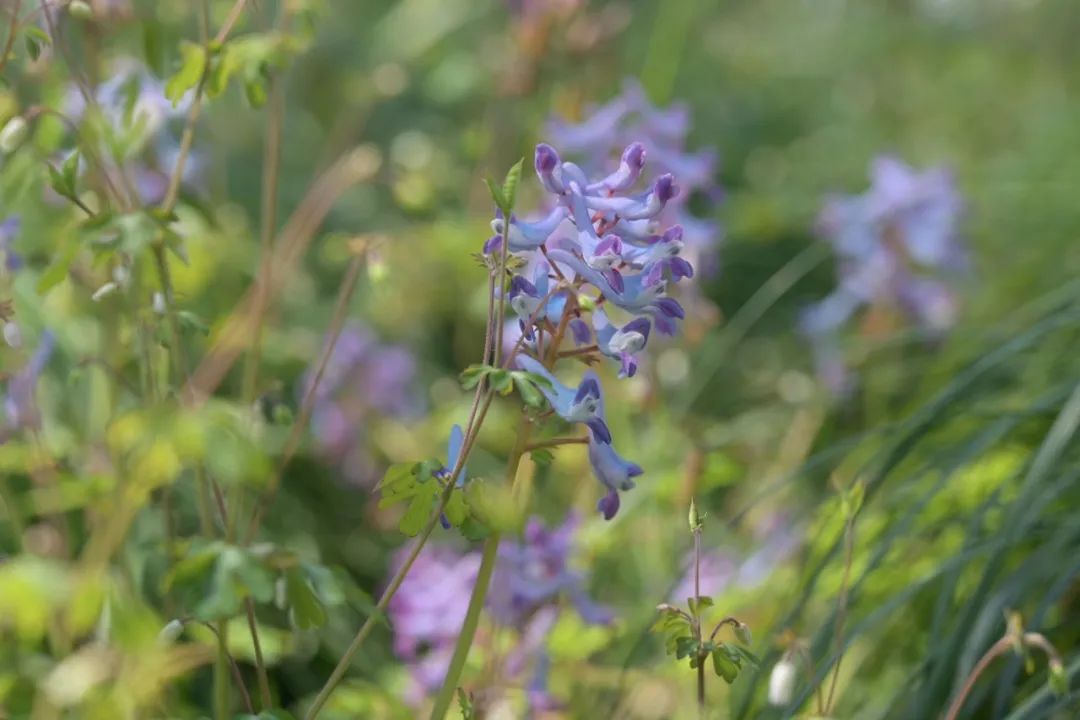
▲
Carved leaves Ziyi
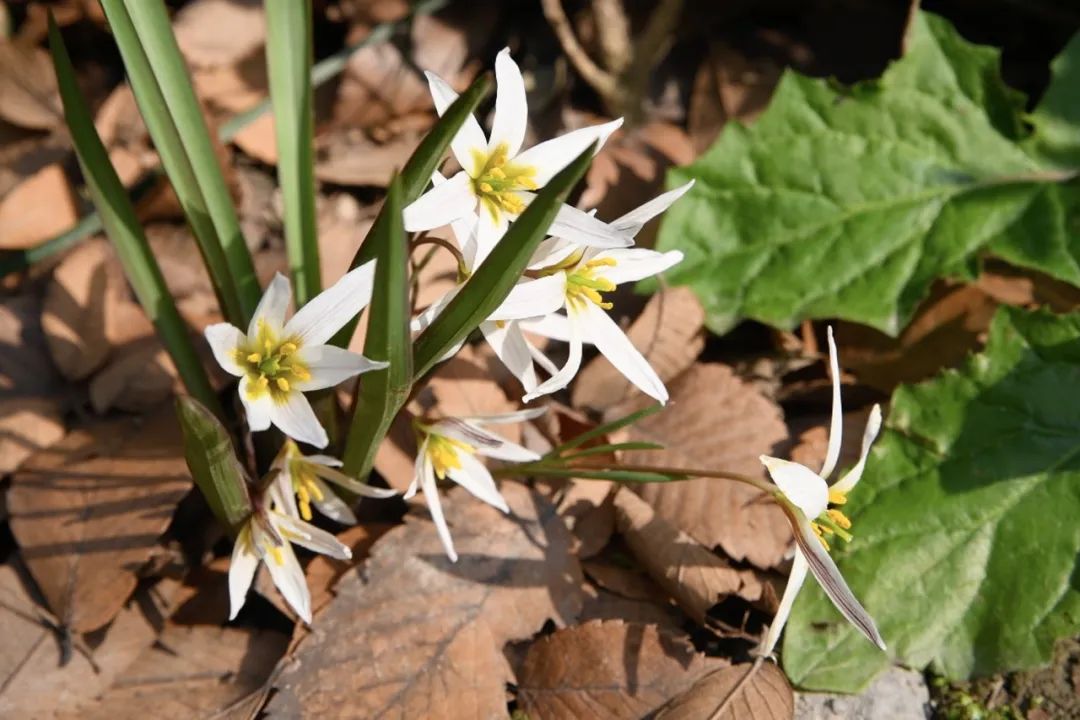
▲
Old crow
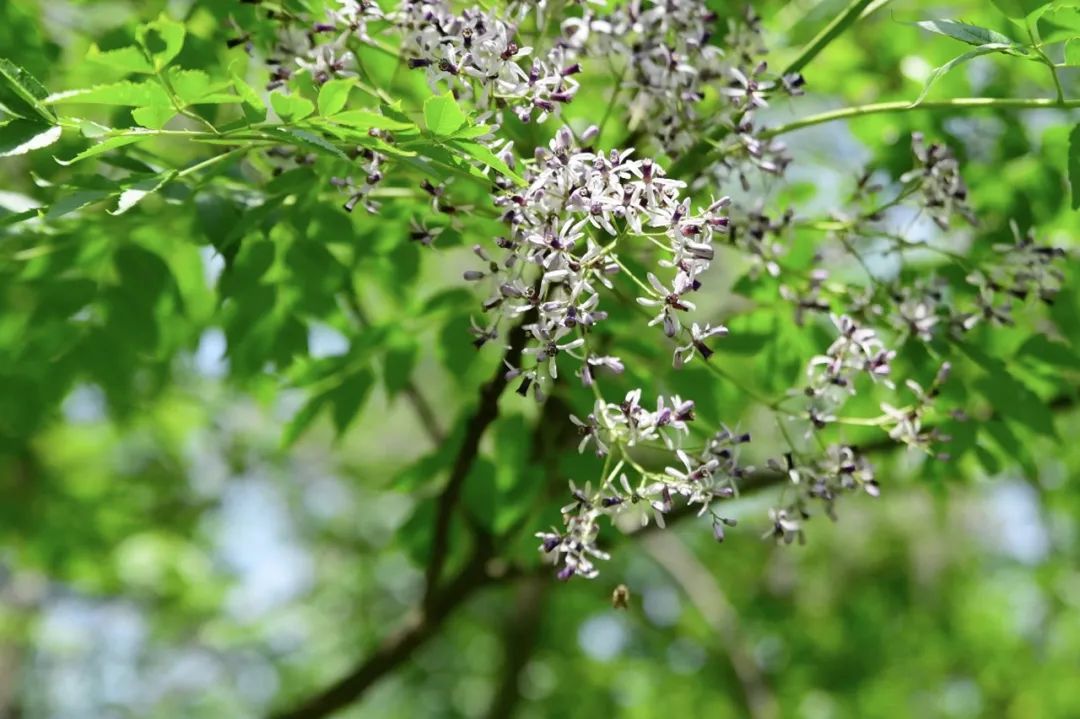
▲
Bitter tree
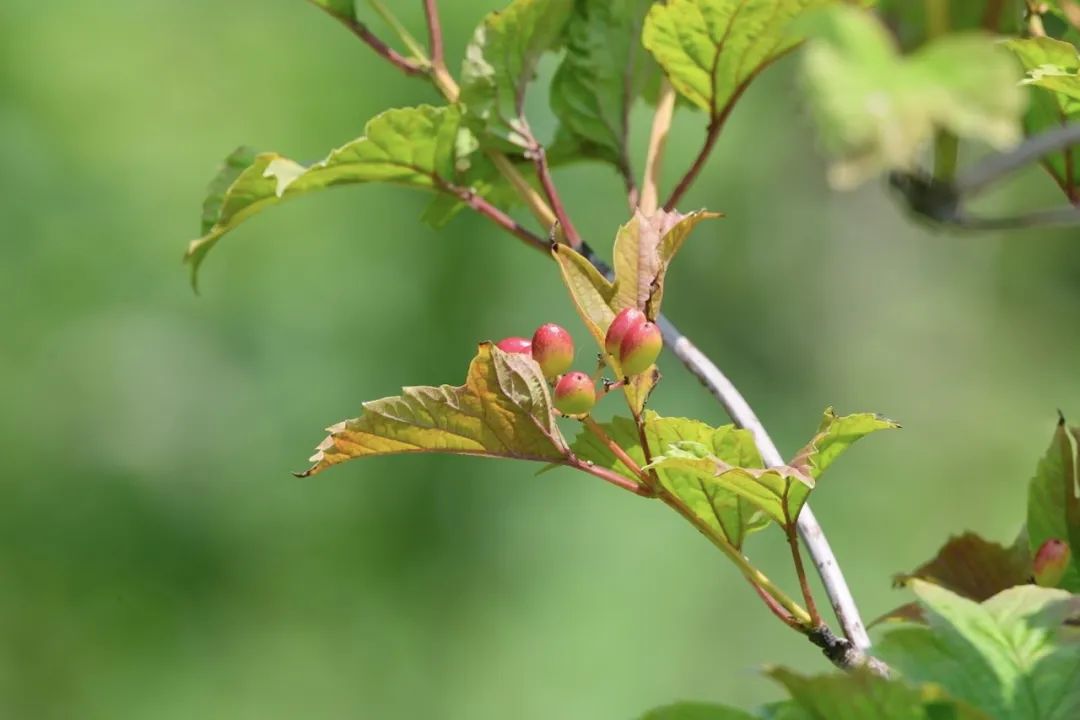
▲
Tianmu Micoa
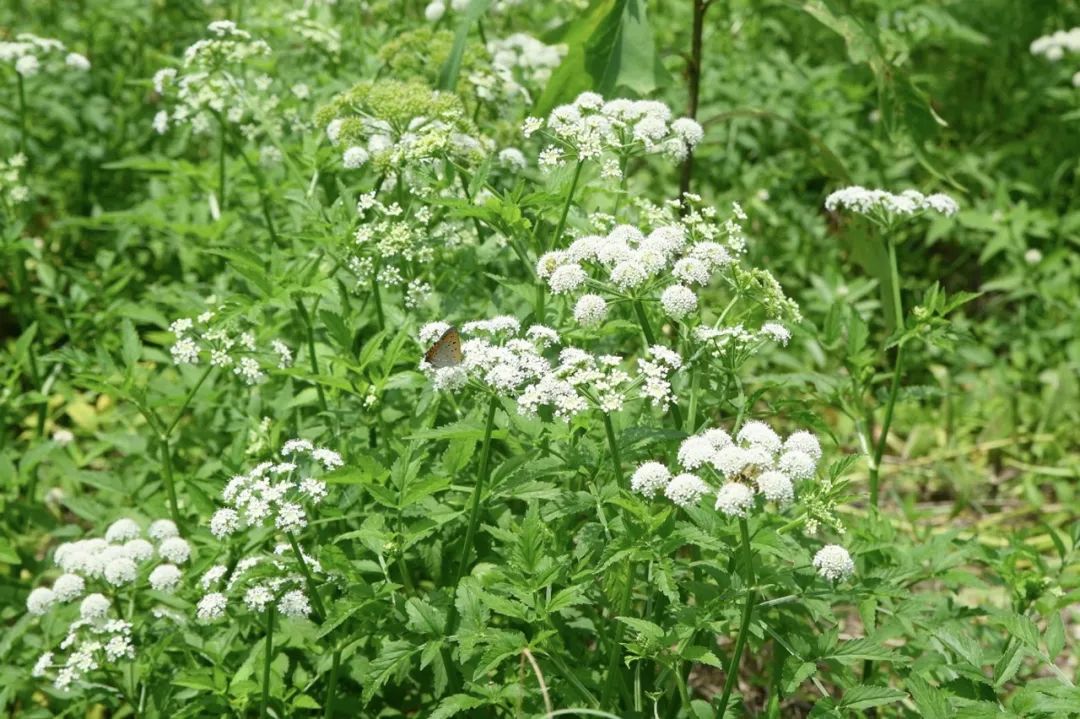
▲
Clear
We saw Guo Taoran here. He always cared about the animals and plants in the garden. From time to time, he ran out to see it.
Guo Taoran's even known name is "Cordystroke Brother". He grew up in the countryside of Xinjiang and started raising animals and plants from an early age. The university has changed from "life science" to learning "Chinese philosophy" because he discovered the philosophical concept of "the world's interdependence and influence", and "the idea of ecological restoration is very similar."
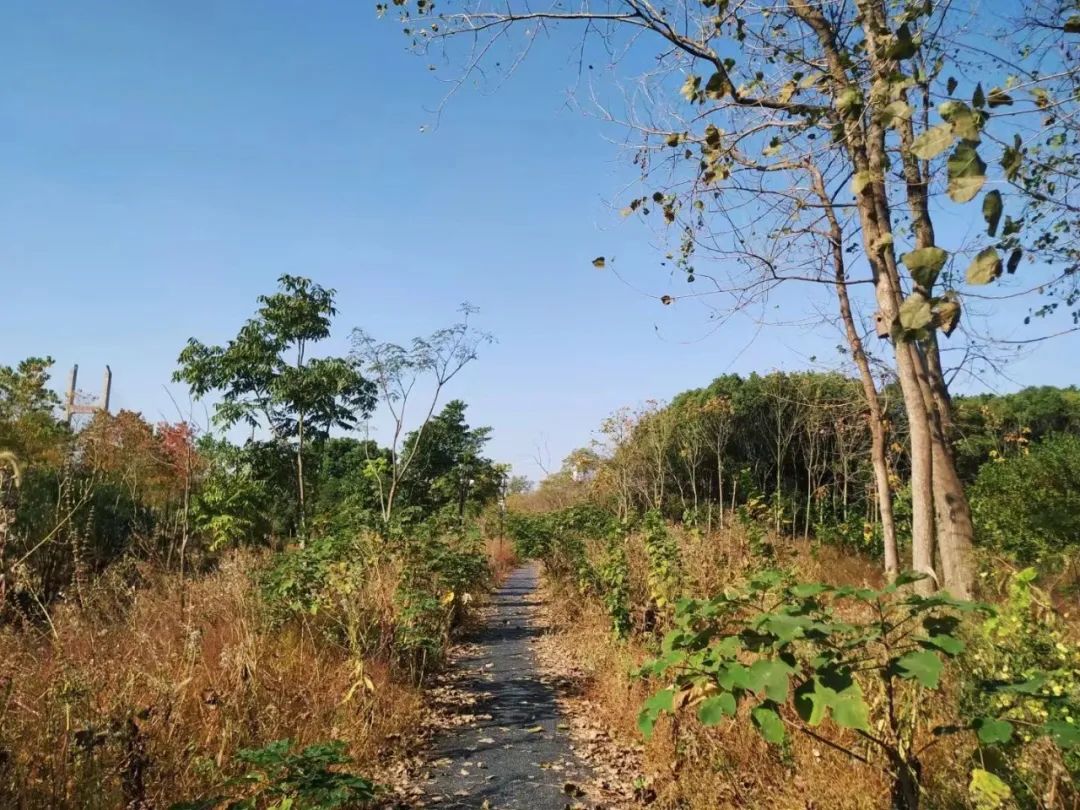
▲
The autumn garden recorded by Guo Taoran has no artificial planting more green. He feels that this is what it should be in autumn
Beginning in 2013, he and Wei Lingfeng, who was also fascinated by ecological repair, founded the "urban wilderness". In 2019, they finally had the opportunity to rent this forest land of about 17,000 square meters, and began trying to make species conservation.
The target of conservation is plants, insects, etc. that have lived in Shanghai for tens of millions of years and can be called "native". Because large cities like Shanghai have developed too fast, many local animals and plants are gradually disappearing.

▲
The first photos taken by Guo Taoran were mostly invasive plants such as rolling lotus seeds and white cars. They would expand infinitely and squeeze the living space of local plants. "In fact, many parks or gardens have such problems."
Different from ordinary parks, this "Wild Botanical Garden" will not deliberately trim and cultivate plants in order to pursue aesthetics. Instead, it will allow local species to grow freely here freely.
Guo Taoran still remembers that when they first arrived, the first step they did was to flip cultivated: removing invasive plants and creating more living space for local plants.
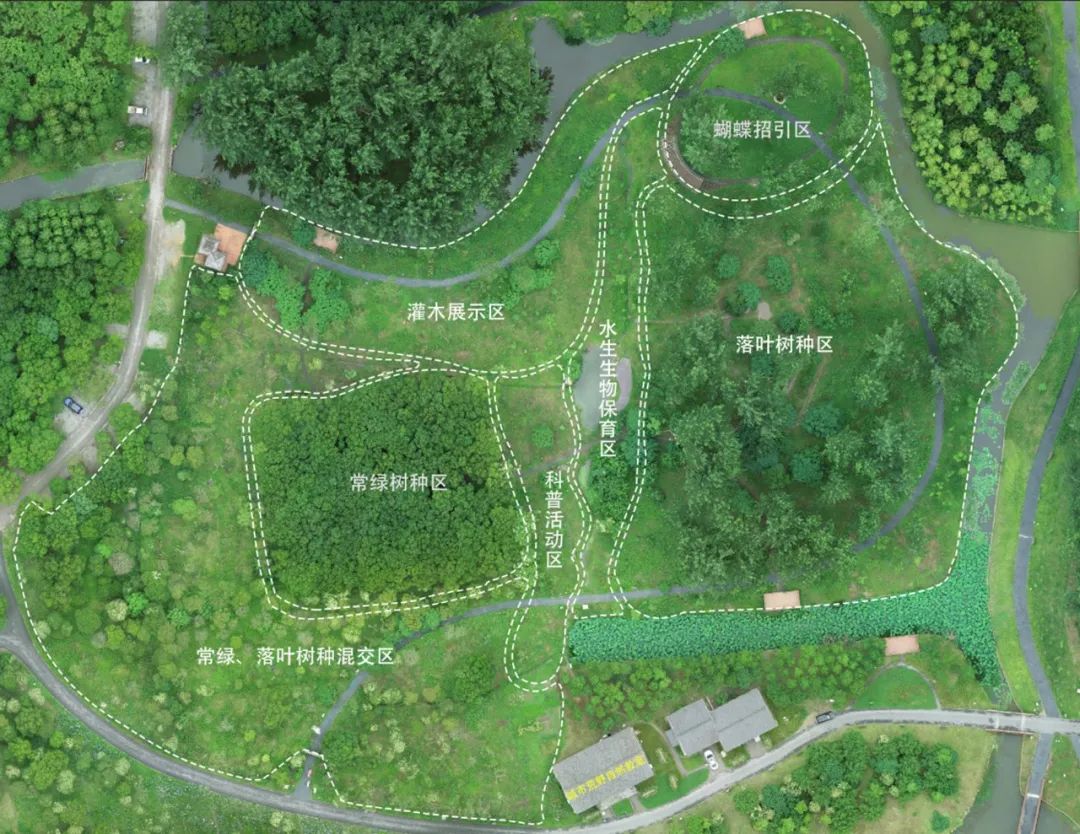
▲
Base function partition


▲
They are grasslands (upper left), forestin -rayed plant community (upper right), deciduous tree communities (lower left), and forest creeks (lower right). They created different habitats and simulated different ecological environments
Subsequently, they divided the base into seven pieces, divided into evergreen tree species area, deciduous tree species area, evergreen/deciduous tree mixing zone, shrub areas, grassland, water system, etc. In a park.
After that, they visited all parts of Shanghai according to the division of the region to find local plants, and introduced them in order in turn to allow them to grow freely as much as possible.
"For example, after many years, the grass may be replaced by shrub, and then it will be replaced by a tree. We will not interfere with this process."
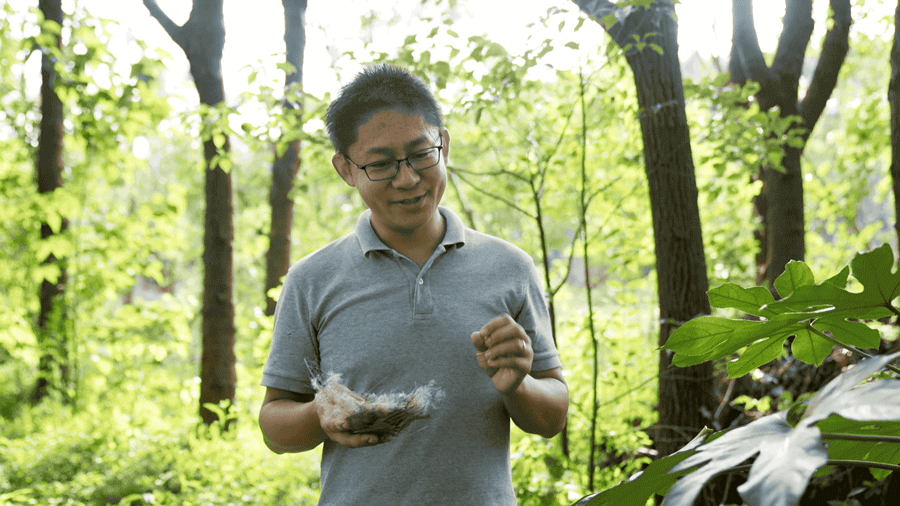
▲
Guo Taoran picked up a black bird's nest in the forest
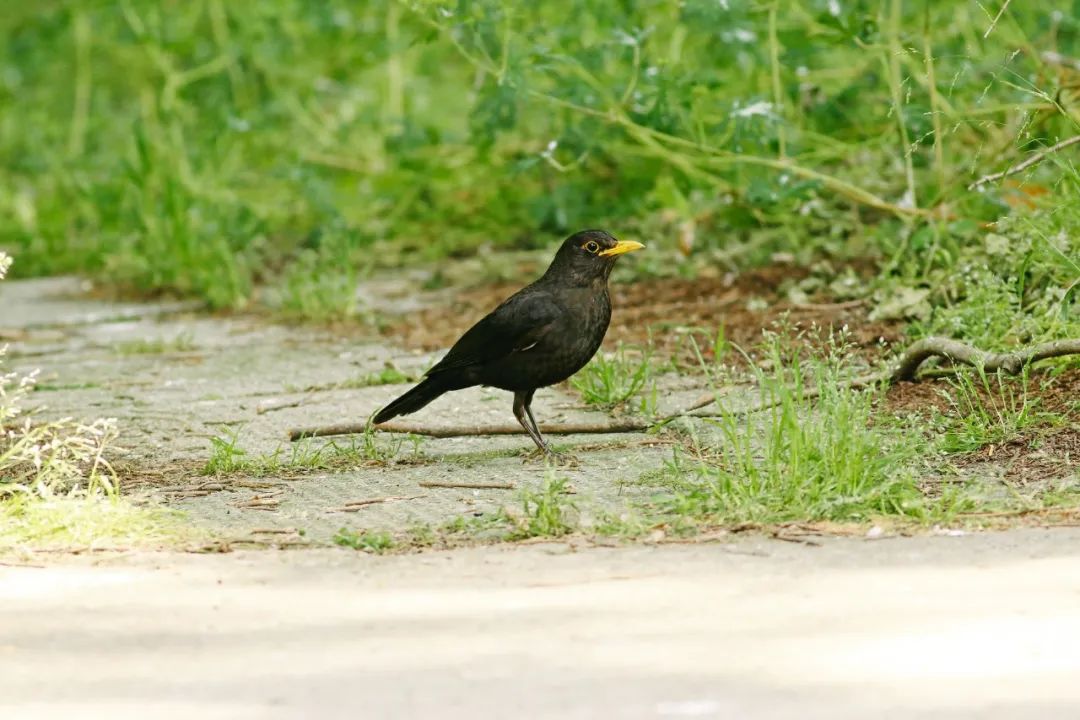
▲
Black 常, a common bird in Shanghai
Do animals also need to be introduced? Guo Taoran's answer is: "Except for a small number of rare animals need to be introduced, most insects or birds will naturally come over by themselves."
During the tour, he picked up a bird's nest that fell in the grass: "It should be the bird's nest of the 鸫, and the 鸫 鸫 is actually very common in the community. At least there are more than a dozen black crickets to build the nest here."
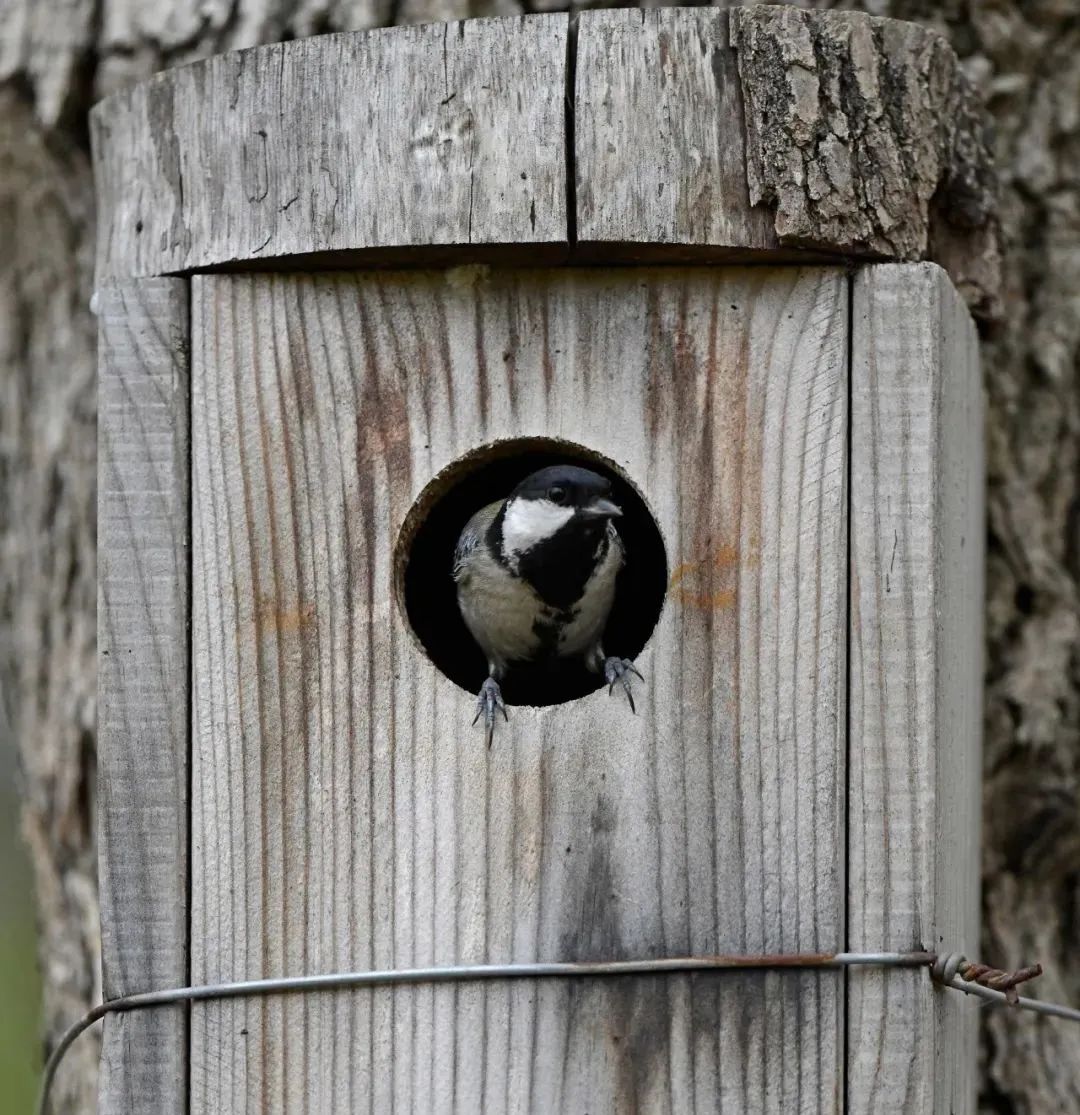
▲
The team made artificial bird nests, attracting the Far East Shanquan
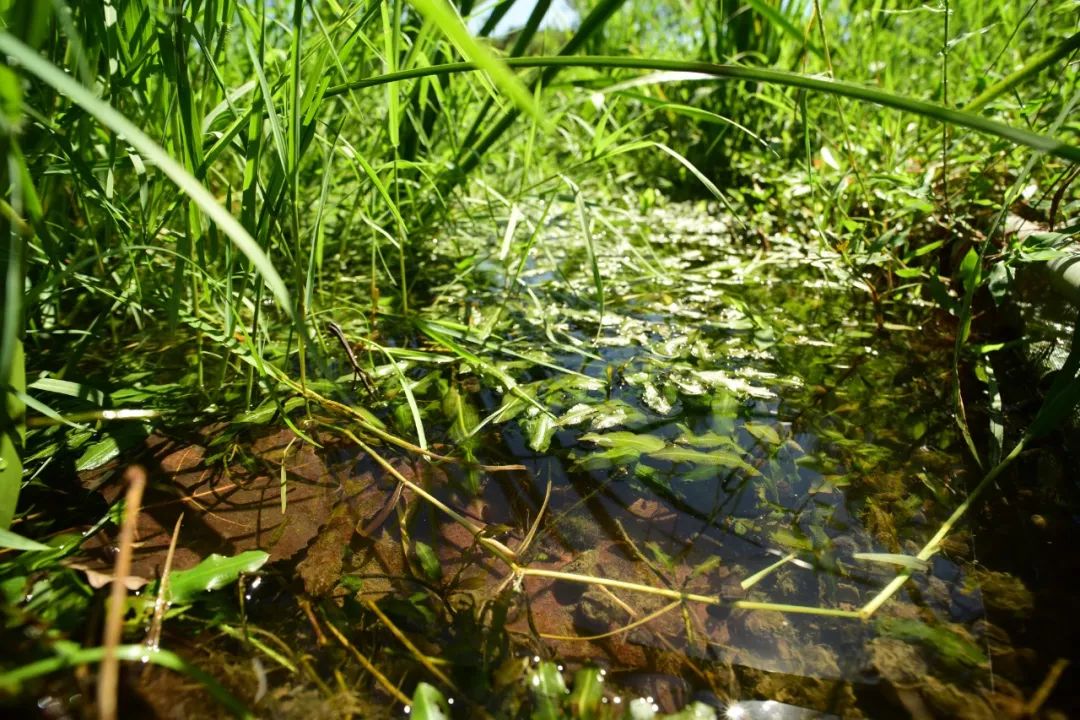
▲
Dig a small stream, so that more animals and plants inhabit and grow
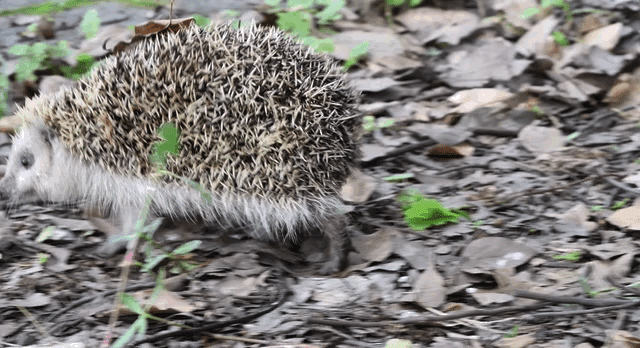
After these "guests" moved over, the team will also make some adjustments to the environment of animals. For example, the periphery of the base is a vertical river, which is not friendly to the drinking water of animals. "I once saw a little hedgehog want to drink water, but it was planted in one end and drifted for a long time before being caught." So they started and dug out a stream for more animals to inhabit. ▲
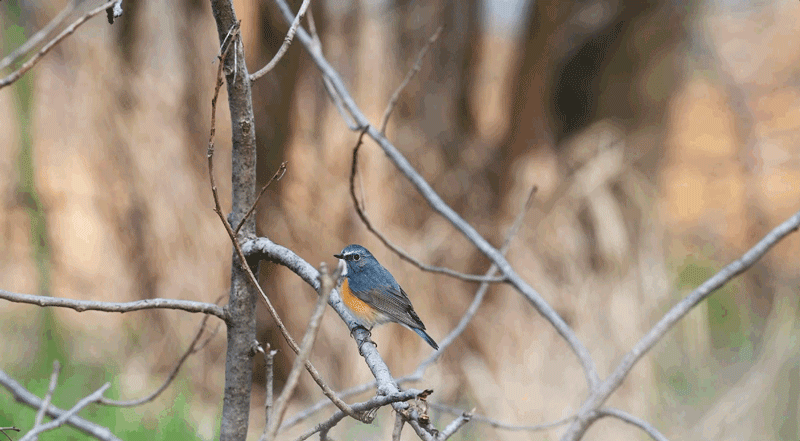
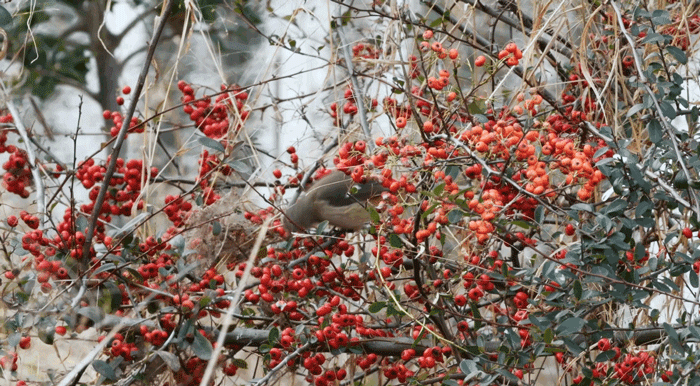
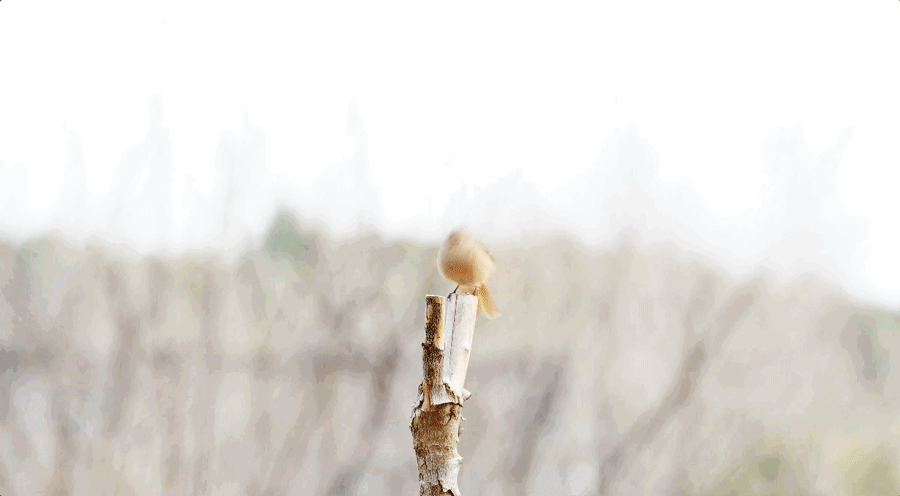
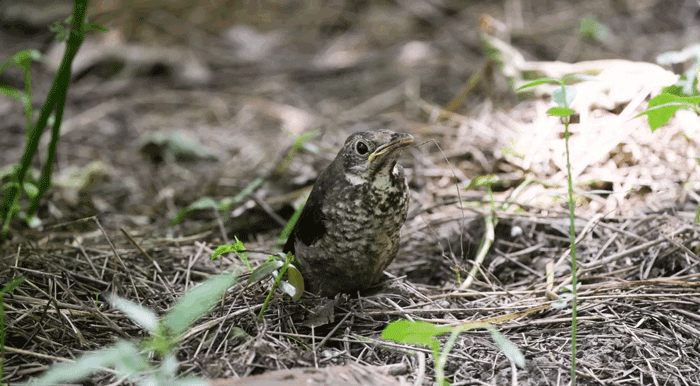
Birds that gradually live here in the garden
After a few years, there are more than 300 local plants, more than 80 birds, 5 amphibians, and more than 500 insects here. Guo Taoran can almost call the name of each species.
▲



Guo Taoran's own small yard. When the control was at home, he made plants in this yard to observe and record
Guo Taoran lived in a nearby village. "I can't afford a villa, but I want to have a plant can be plants. I found a small courtyard in the nearby village, and there were more than 100 plants in it."
Every day, he came to the big yard of the base from his small yard to "patrol" day after day.
▲
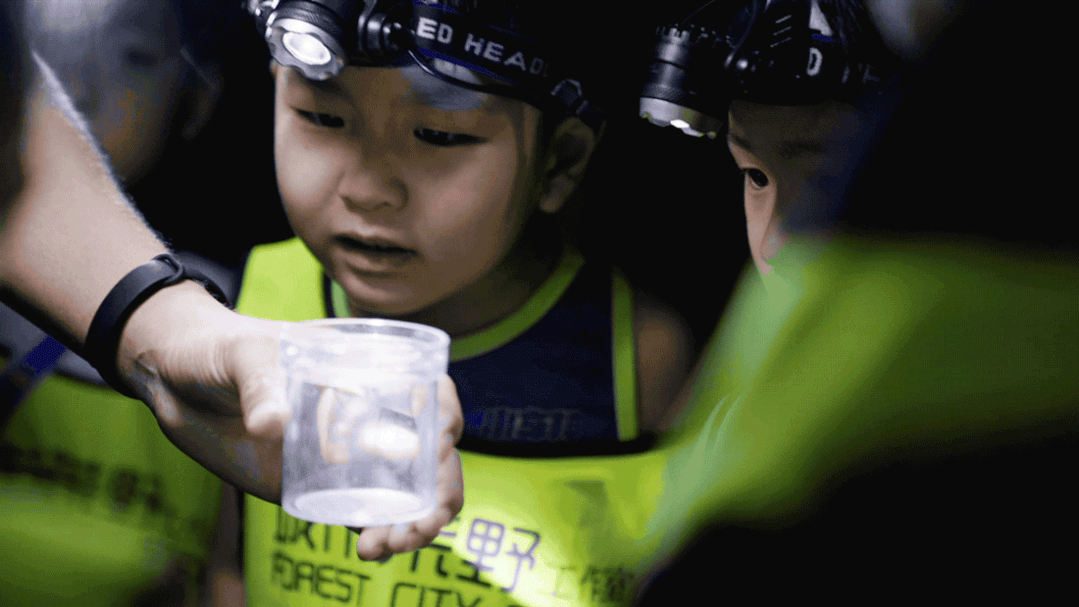
The team leads the children to observe at night
Most of the small partners of the studio have a very good background of education- "Frog Brother" Zhou Yin, a PhD in Bototical Photics at Fudan University; part -time Mao Mao is a doctoral student of the Institute of Genetics of the National Institute of Genetics. On the day we arrived, we also saw the "Brother Jinhua" immersed in the insect world. He was a master's degree in animal ecology.
▲
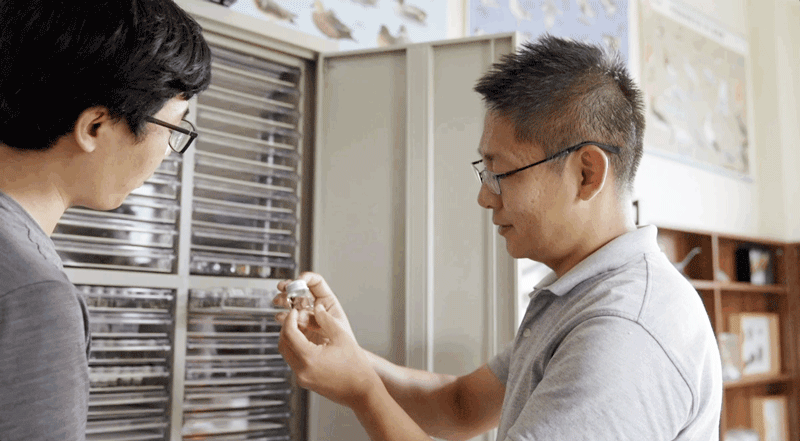
Guo Taoran and "Brother Jinhua"
The income of this job is not high. They are sitting in the office full of specimens, seeds, animals and plants, and ecological water tanks, mostly because they really like it.
▲

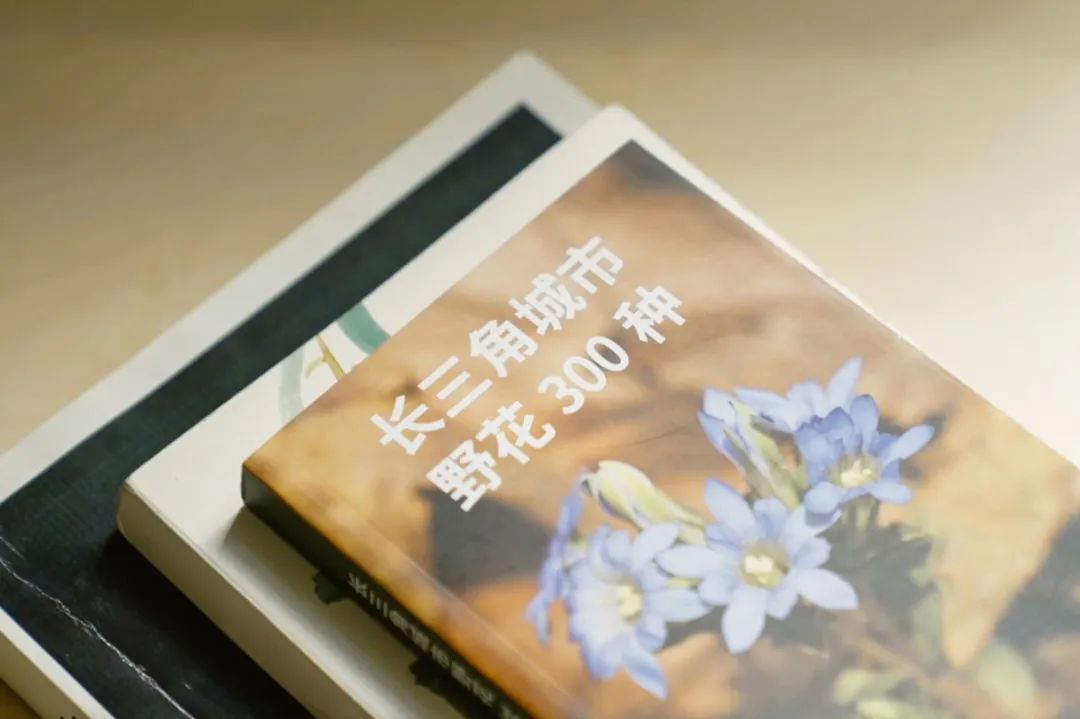
Illustration manual made by the team
The fame of urban wilderness in ecological enthusiasts gradually grew. Many enthusiasts often treat them as "Museums" and leave a message to them: What insect/bird/plant is this?
There are also some parents who hope that children can know more about nature, but they do not know how to answer the child's daily "What is this?" Wei Lingfeng has an idea: Shanghai's native animals and plants have not yet become a series of illustrations to refer to it. It is better to make one of us.
The urban wilderness wrote the "Shanghai Night Biological Observation Handbook", and later produced the "Shanghai Forest Bird Observation Guide", "Shanghai Waterbird Observation Guide", "Shanghai Wild Flower Observation Guide", and wrote it with other agencies in the Yangtze River Delta together "300 kinds of wild flowers in the Yangtze River Delta City", open public welfare application, has been difficult to find in the circle of enthusiasts so far.
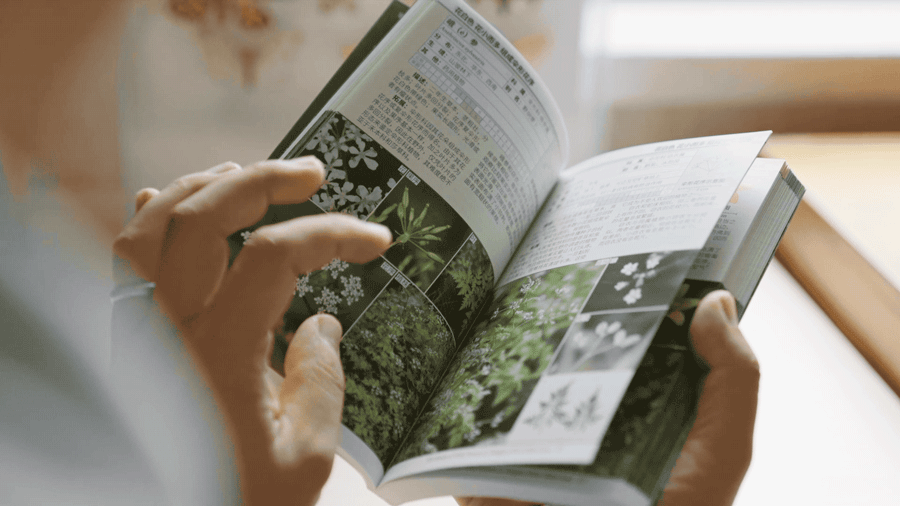
▲


The common forest bird series in Shanghai, namely Bei Red Tail, Red Threat Blue Tail, Black Cycles, and Turtle Dove of Pearls
▲

The common water bird series in Shanghai is black water chicken and white breast bitter bird
The insects, birds, and wild flowers in these illustrations are all local species in Shanghai, that is, we can observe it in our daily life.
▲


The common insect series in Shanghai is orange -spectable white bar cows, golden spot butterflies, transparent winged wings wax cicada, Mongolian cold cicada
During the sealing of the Shanghai epidemic, the "Bird Watching Competition" was held in the city wilderness. Most of the participants were bird watching enthusiasts in the city. On their balcony, they saw a bunch of white -haired white -headed and big hearts on their heads. The turtle turtle dove directly in the flower pot of the residents, and even the extremely rare purple howls in Shanghai ... In the days when they were not out of the house, nature gave people some comfort.
▲
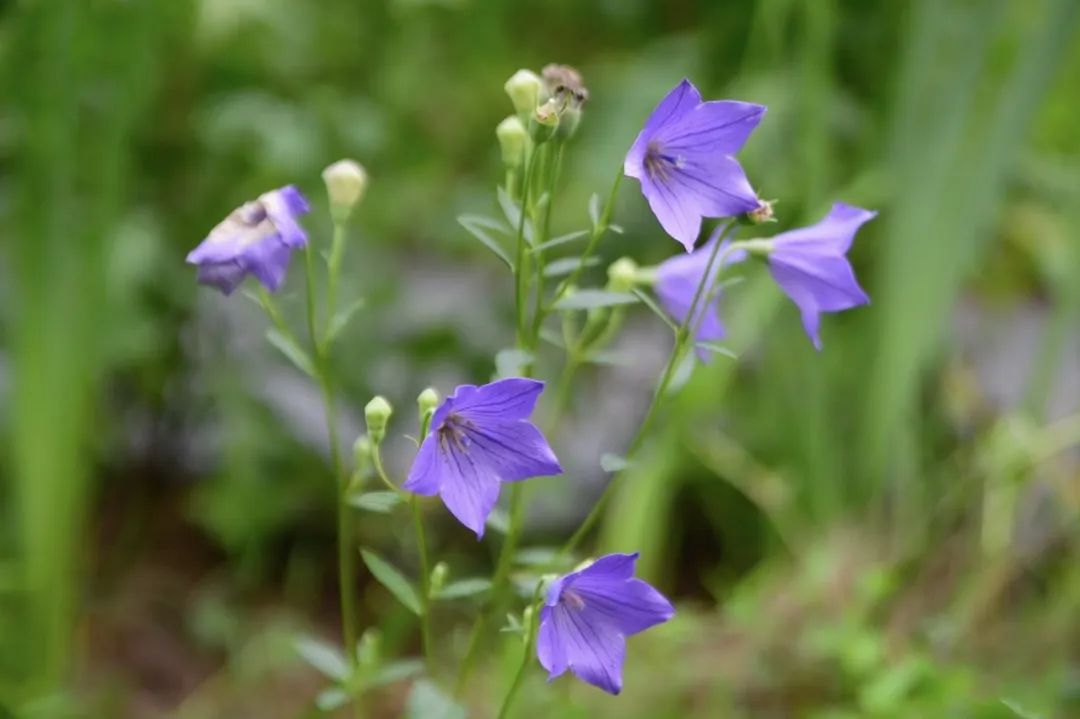
Plasma, is a common wild flower in Shanghai this season
"As for wild flowers, in fact, Shanghai has always been in Shanghai, but the living environment is not very good, and it is often pulled as weeds. This season is commonly picked out. It is also a traditional Chinese medicine.
▲

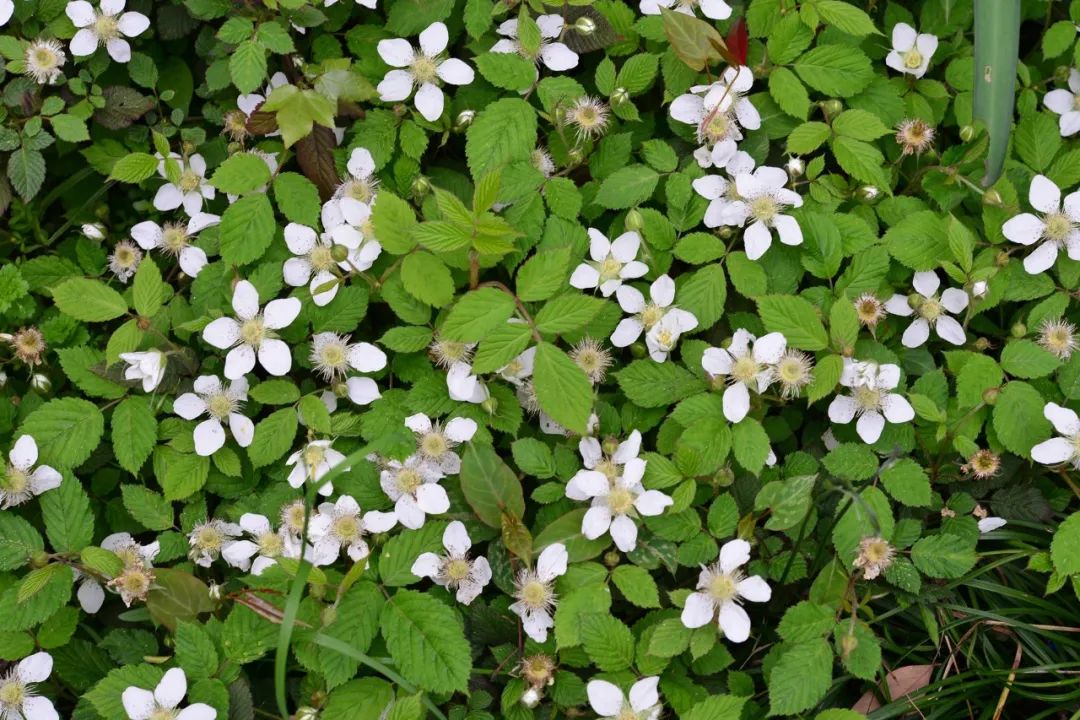
The common wild flowers series in Shanghai are bone -to -grass, He Shouwu, and Panto
Guo Taoran and the team have been committed to protecting the "local species", which refers to those species that have already existed in Shanghai for thousands of years or even tens of thousands of years. They are very suitable for the local climate and environment. The space is very important for restoring biological diversity.
▲
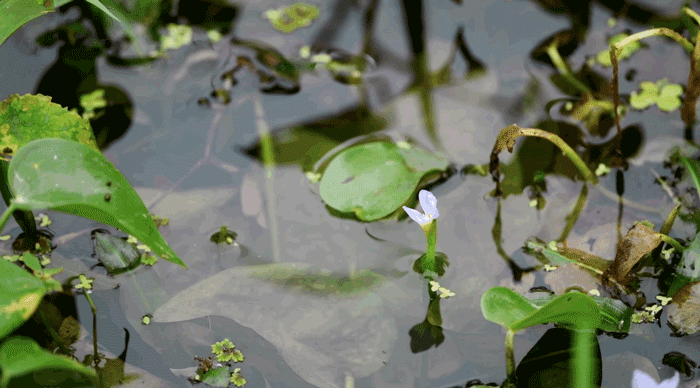
Littering
They once "saved" live lobbies. This aquatic plant is mainly distributed in Qingpu, which is densely distributed, but has almost disappeared.
They went to three years in a row. In the first year, transplantation failed to survive; the second year, transplantation failed to survive; in the third year, when they went again, the original village had been converted. Half -half -to one day, louts may really disappear here.
They transplanted the ten seedlings back and survived this time. In 2021, the lobbies were listed as a national second -level protective plant, which made Guo Taoran relieved.
In fact, most of the local species are not rare species protected. "What plays an important role in the ecological environment is often those particularly common and common weeds, grasshoppers, 蟋蟀 ..."
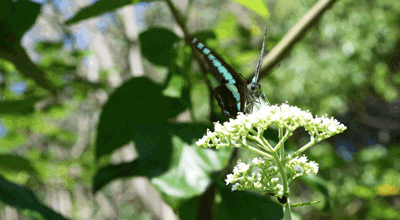
These plants are tenacious, and some plants may disappear temporarily even if they have alternatives. "Their seeds are buried in the ground. Maybe one day, they will grow again."
▲
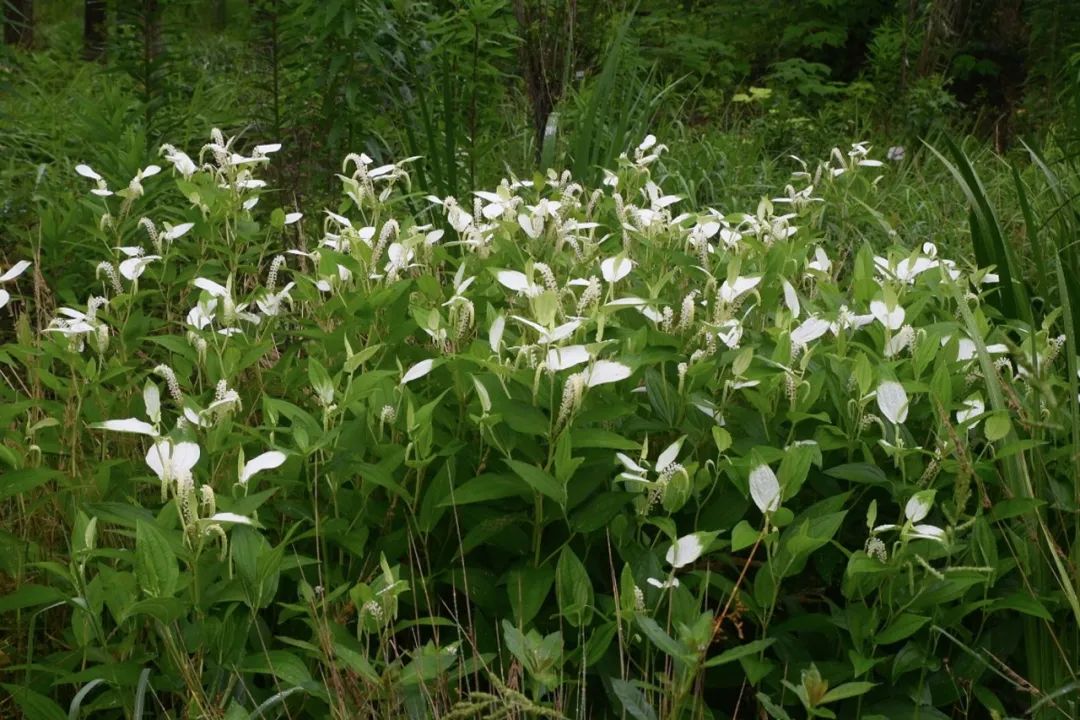
Three white grass
But the difficulty is that many people do not realize the preciousness of these "weeds". "In the process of urban construction, people will continue to remove these weeds, so in the end they may not even have seeds, and they will completely disappear on this land."
How can a conservation base in the suburbs affect the ecology of the entire city? Guo Taoran's answer is simple: "They will fly."

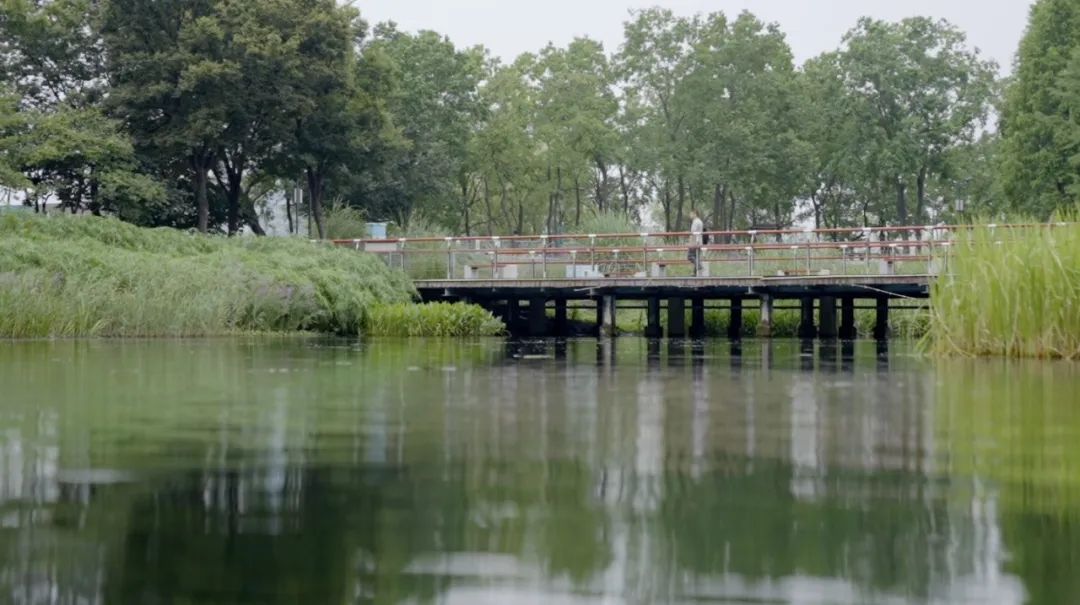
He refers to insects and birds. In their expectations, first maintain the stability and diversity of the base ecology. After that, the plant will spread by itself. Blossom plants will be thoroughly pollinated by paste, and birds will fly, and the seeds of plants will also spread. In this way, it gradually spread to other corners of the city.
But a base is not enough. In addition to the existing bases, they have also made some test points in the urban area, hoping that they can gradually form a "ecological corridor" -the bird and insects can be used to form a dense weaving. Ecological network.
However, there will still be certain conflicts and frictions between ecological conservation and urban residents.
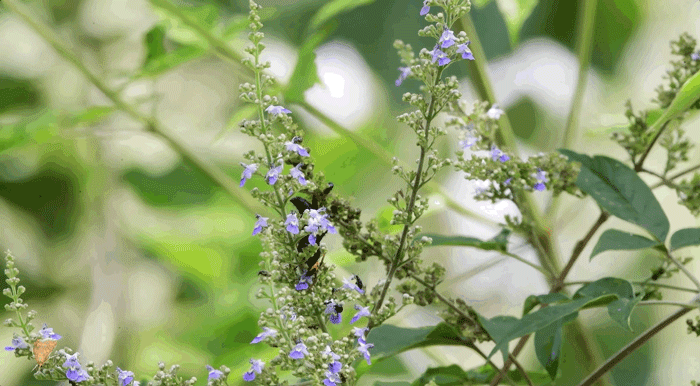
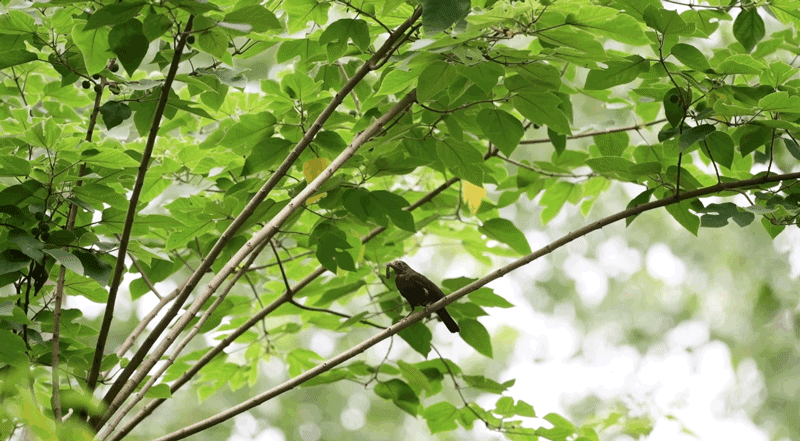
"For example, in some communities, a artificial pool will be built, and the frogs are called loudly every day. As soon as the residents complained, the community dried the pool, and the frogs had nowhere to go.
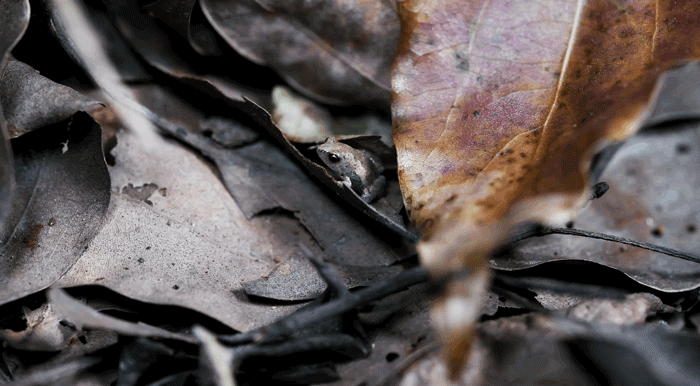
I think in conceptual, maybe we can gradually accept cicada and frogs. Some harmless insects are part of our daily life; on the other hand, some projects are not comprehensive in the early stage of planning, such as artificial water -made water systems. It may be too close to the areas where residents' dense activities are dense and will have a certain impact on life. "
▲
Under the observation of infrared cameras, the yellow beeper in the park
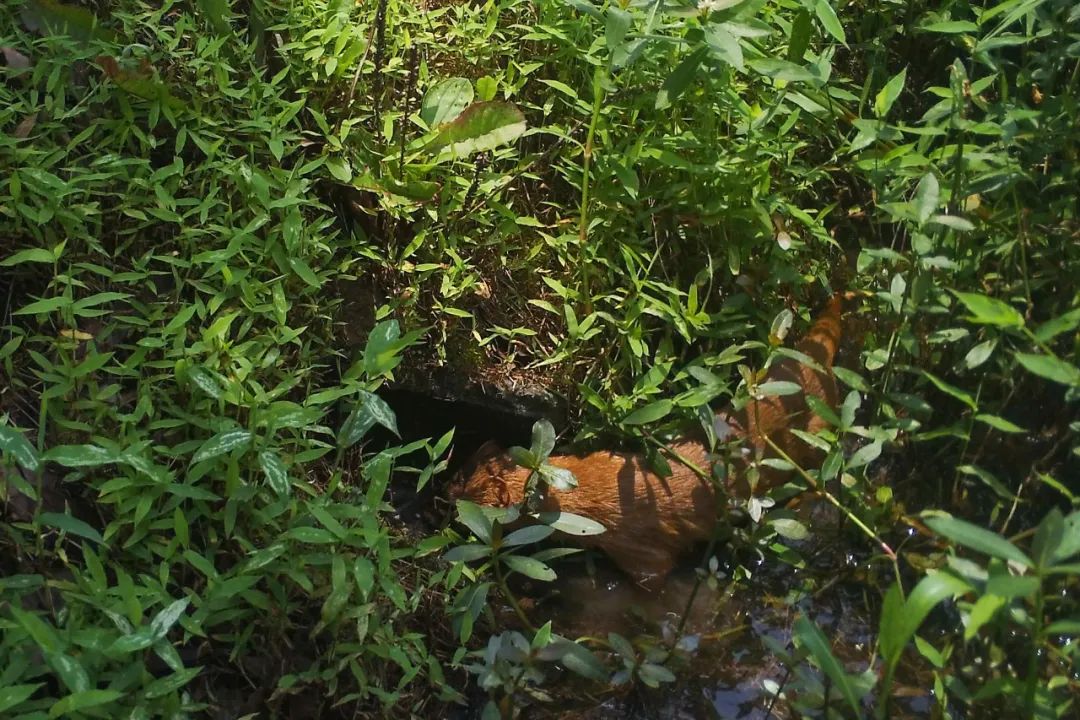
▲
Under the observation of infrared cameras, South China Rabbit in the park

They also hope that related knowledge will be popular. For example, in recent years, residents in Shanghai have commonly seen the crickets in the community. In fact, they originally lived here, and they were once retired by frequent human activities. In recent years, large -scale project construction in Shanghai has gradually decreased, and 貉 has begun to appear in daily life.
"But there will be a problem, and many residents will put food for these crickets out of good intentions. In fact, we don't advocate this. Each region has a certain ecological carrying capacity for specific species. The increase in population in a short period of time may be easier to conflict with local residents. "
▲
One -year rice field observation activity
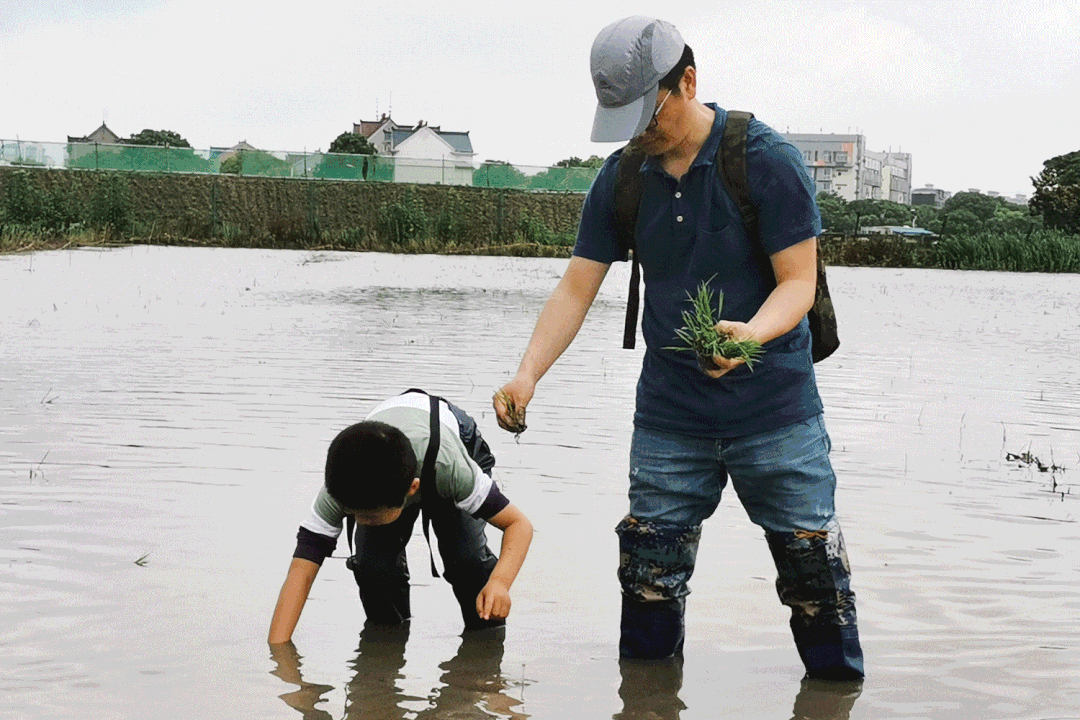
Guo Taoran said that the popularization of ideas and knowledge often requires the efforts of one or two generations to see some results. So they will also organize some children's popular science activities.
For example, the observation of rice — from farming to harvesting, the children have gone through a whole year, and finally divided into the rice that they planted.
Guo Taoran said that children will observe the structure of amphibians to prey in insects and can see the structure of the cobweb. "They naturally think about ecological conservation from the relationship between different species, the relationship between people and species."
▲
Take the children to design a artificial nest for hedgehogs
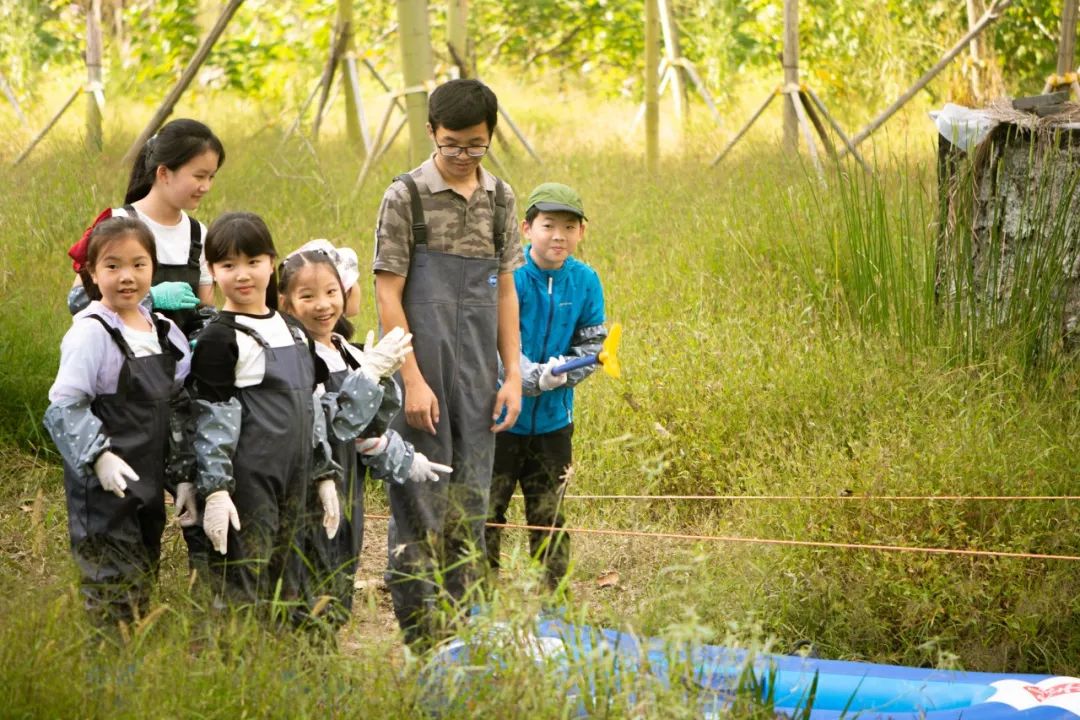
▲
Hedgehog drill into the artificial nest built for it

A filming team participated in an observation of night creatures. Some girl asked the teacher, "If I want to raise a mane lizard, what preparations do I have to do?" Essence
The activity of that day was led by the "蝈蝈" teacher from the agricultural majors. From the entrance of the base, he stopped from time to time and took off the bugs from the branches and leaves next to him.
The gill golden turtle on the leaves, the weird ruler's ruler, the spiders with different belly shapes, the male praying mantis that will be eaten by the mother praying mantis, the decorative gram -frog on the edge of the water ... In the relationship, few children will show their fear.
▲

Small bird watchman
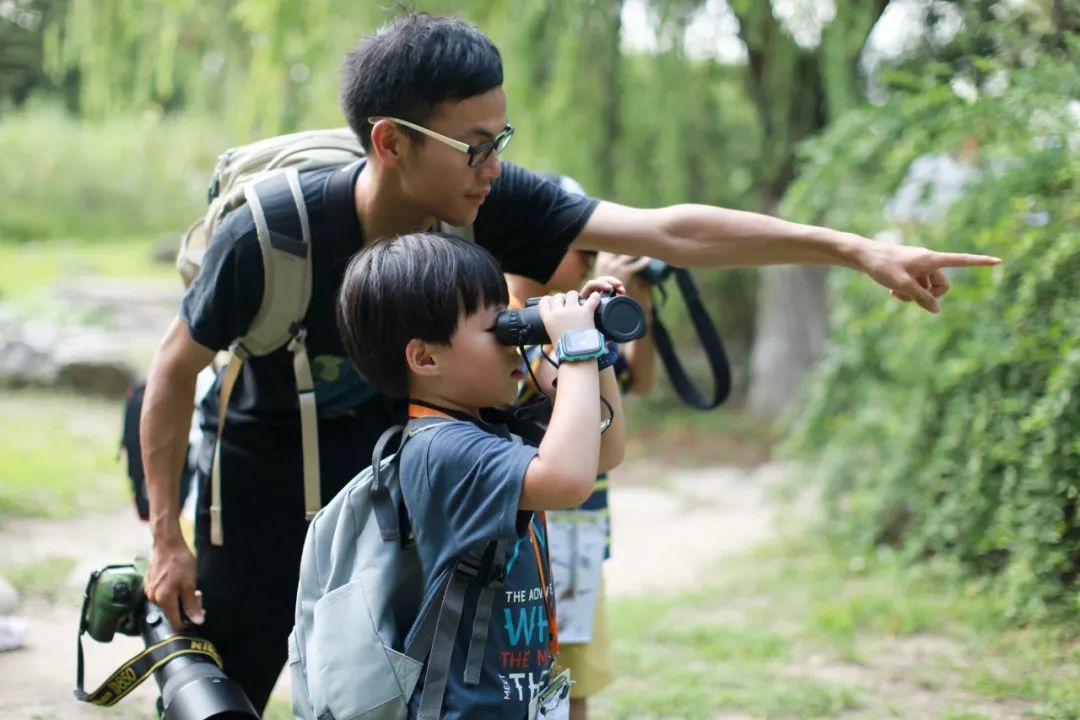
Guo Taoran said that they look forward to that even in cities with such a high degree of modernization, people and local species can still find a balanced coexistence.
For these children who grow up in the city, after they have seen and exposed to contact, "they will know that the original human environment can have another idea and another choice."
- END -
20 bamboo structure gardens landed in the Chengdu Botanical Garden, and the exhibition will be opened now

On the afternoon of July 19, the awards ceremony of the Chengdu Park City Internat...
"Listen and discuss" the sixteenth guest of the sixth guest | Xue Yan

Qingdao Daily/Guanhai News August 10th News On August 3rd, the CPPCC member liaiso...